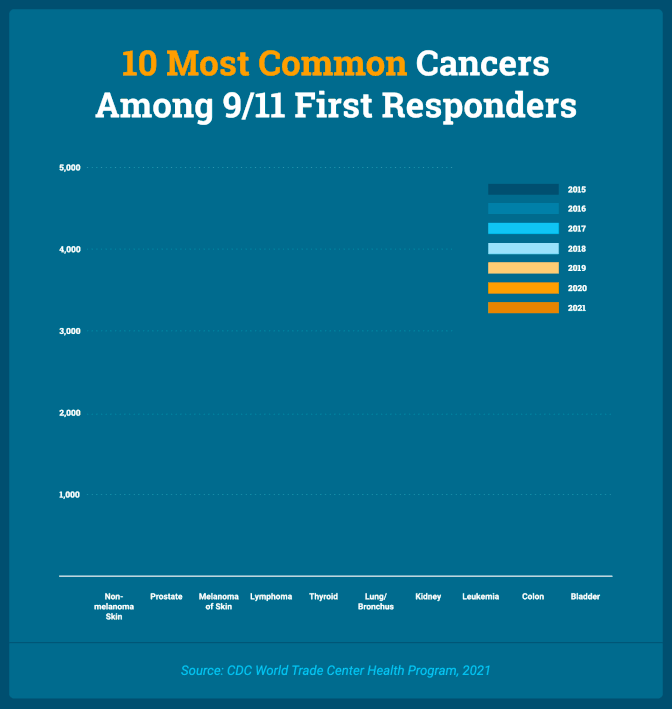Five Factors That Can Delay Your Victim Compensation Award
While the September 11th Victim Compensation Fund (VCF) has a set of rules for a victim to expedite (speed up) an award, a VCF claim and award can be delayed for several reasons. Understanding the potential factors that can delay your VCF claim can help you navigate the system more efficiently and ensure that you receive your VCF compensation in a timely manner.










